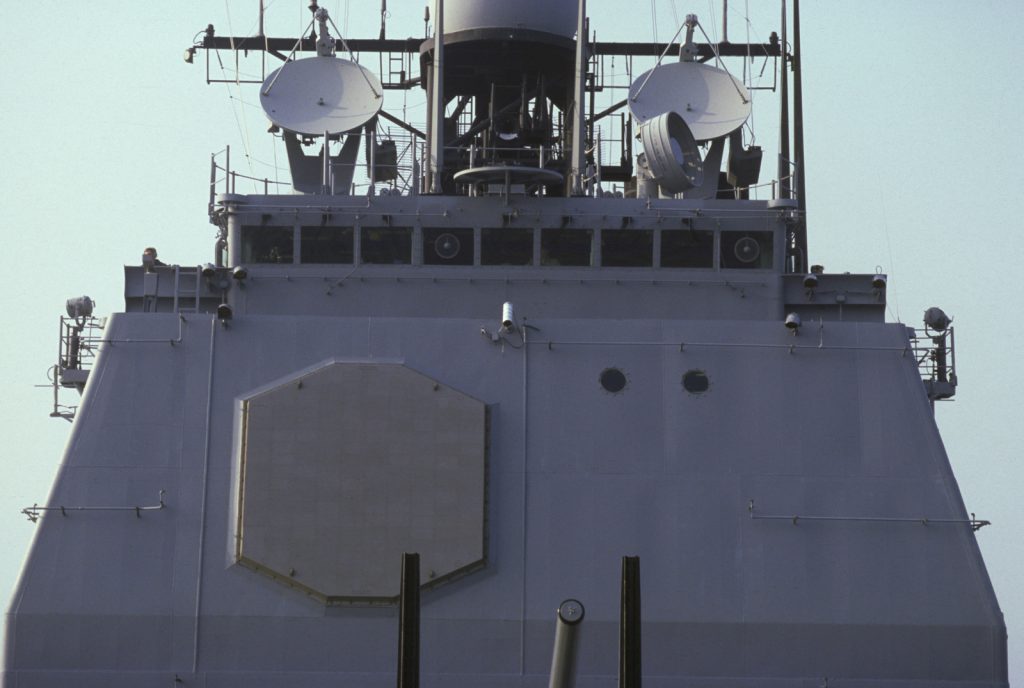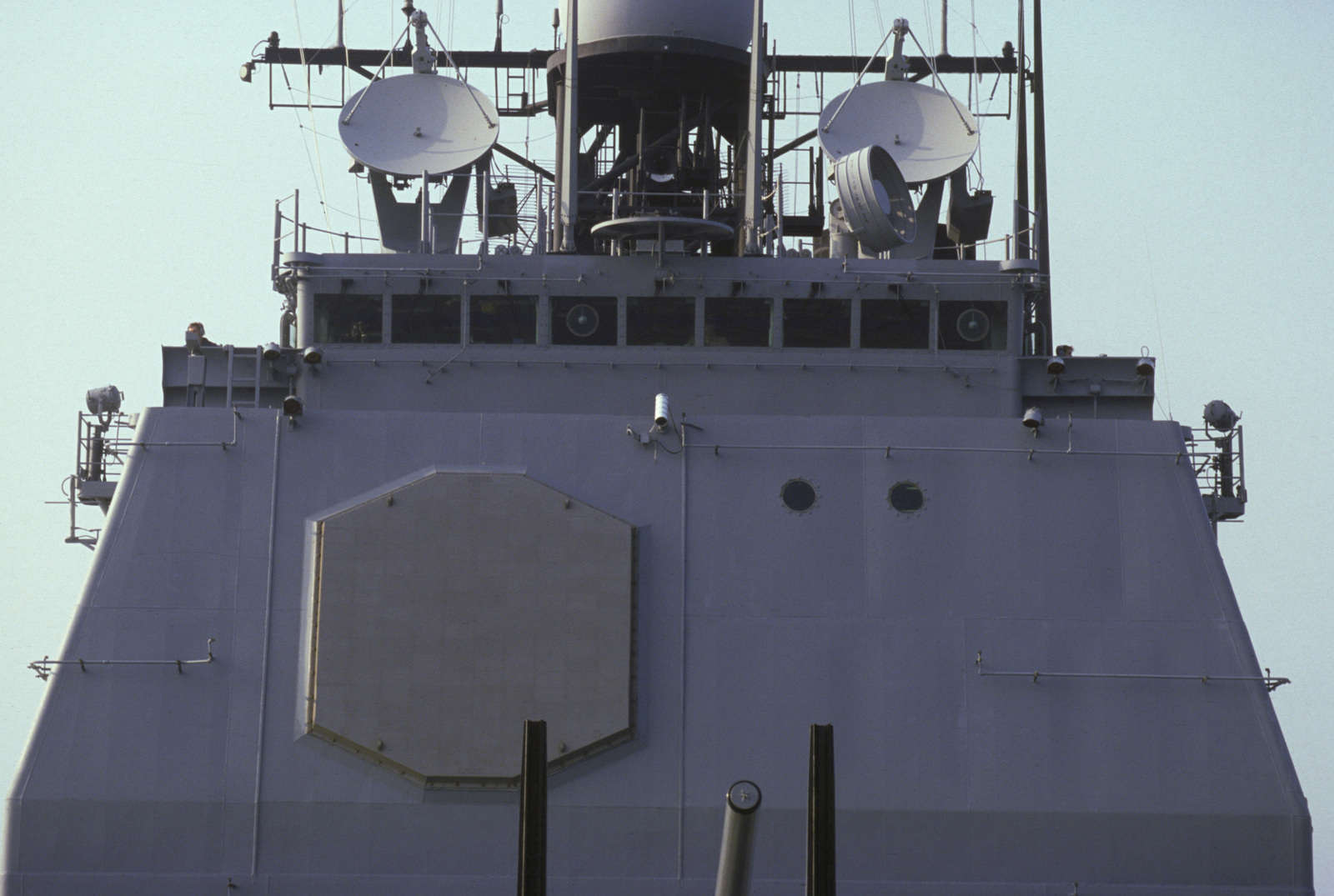
In a significant development Raytheon Missiles & Defense, a unit of Raytheon Technologies, in partnership with the Office of Naval Research (ONR), has successful completed demonstrations of advanced radar system solution which forms part of the Network Cooperative Radar program, that supports the U.S. Navy’s goal of creating distributed sensing networks to defend against evolving threats.
In a demonstration, two of Raytheon’s surface-based radar emulators detected targets using distributed sensing capabilities showcasing a capability that tactical radars, including the SPY-6, will benefit from advanced distributed radar technologies developed in the NCR program.
“SPY-6 will provide an unprecedented level of protection to naval forces, and software updates like this demonstrate that it’s only getting better,” said Rear Admiral Seiko Okano, program executive officer for the U.S. Navy’s Integrated Warfare Systems.
He went on to add, “Programs like NCR ensure SPY-6 will be the backbone of our distributed sensing capabilities in the future.”
Distributed sensing capabilities in the form of cooperative radars collaborate using distributed sensing capabilities to create a more complete picture of objects in a given coverage area.
NCR-enabled sensors collaborate to identify and track threats, communicating real-time information to improve system performance and mission success.
“NCR furthers the development of our next-generation software-defined apertures,” said Colin Whelan, vice president of Advanced Technology at Raytheon Missiles & Defense. “The continued development of capabilities demonstrated by NCR will ensure SPY-6 remains the most advanced naval radar in the world.”





